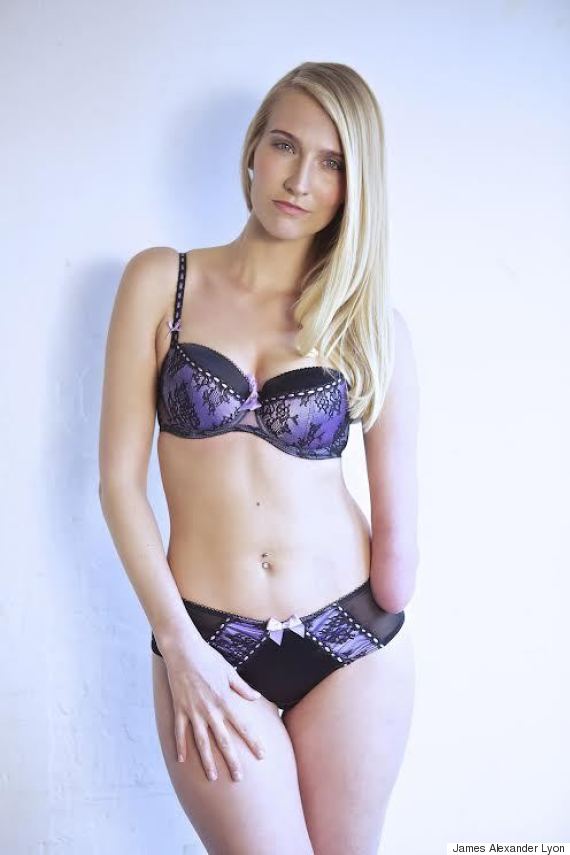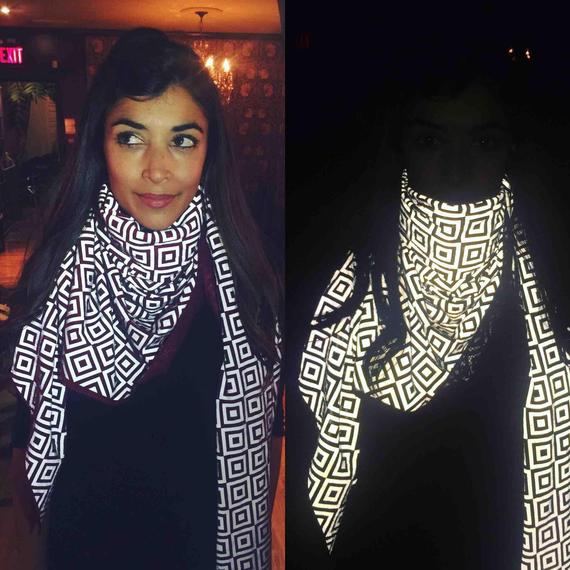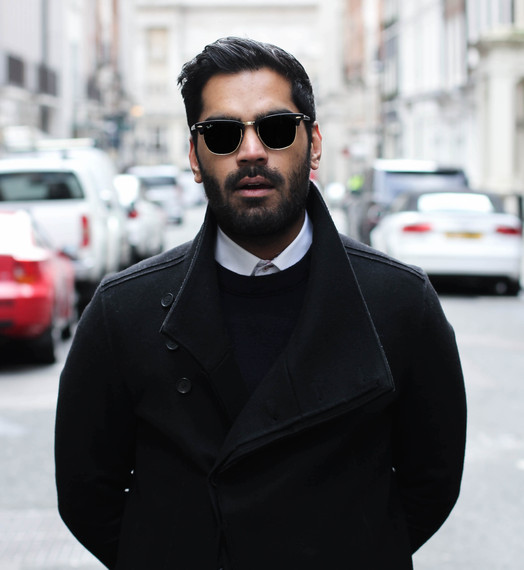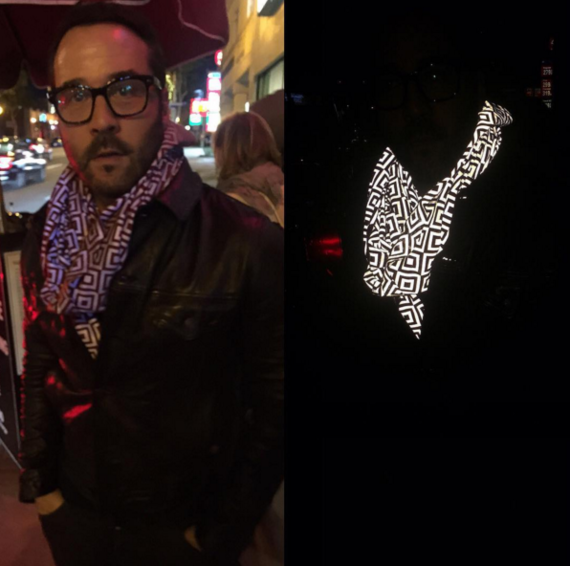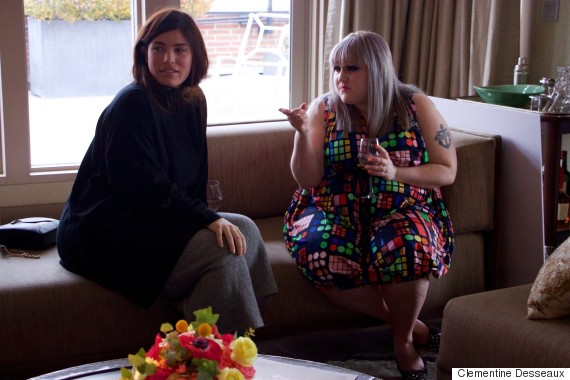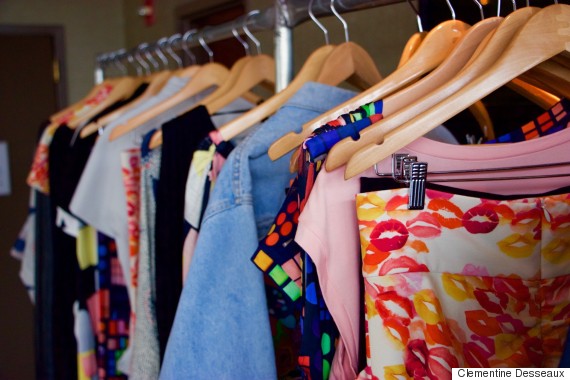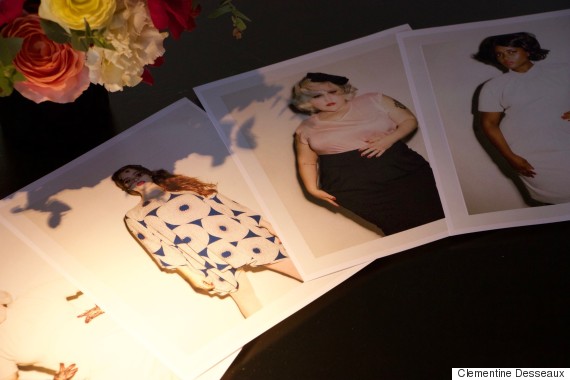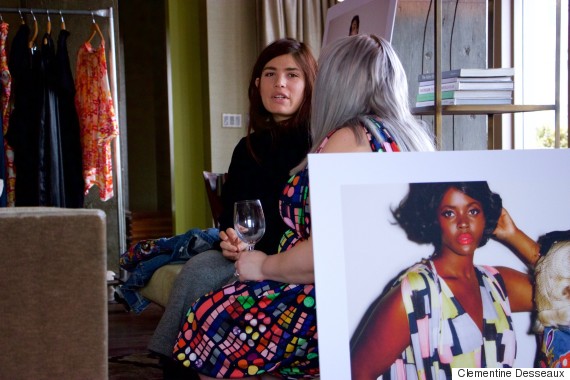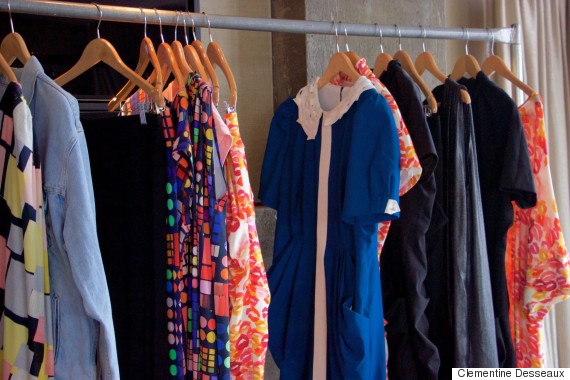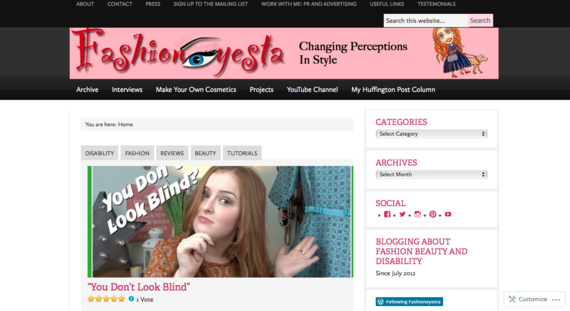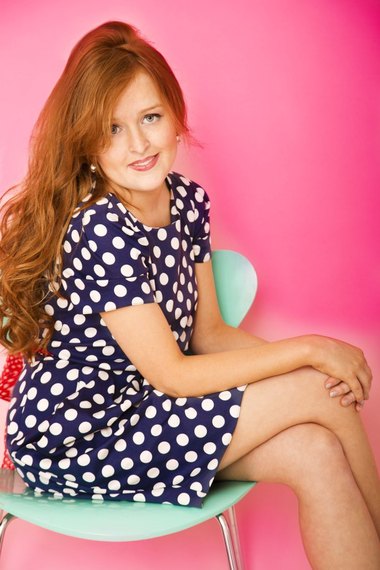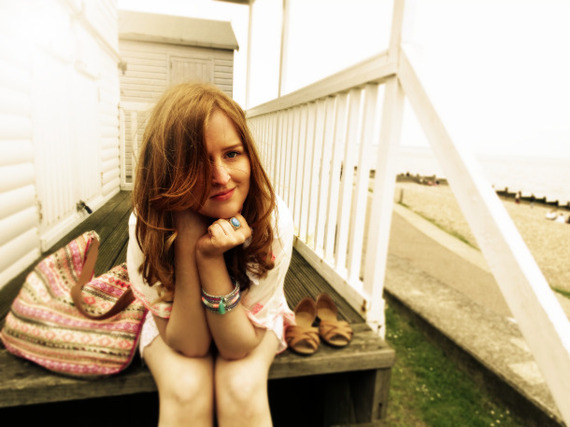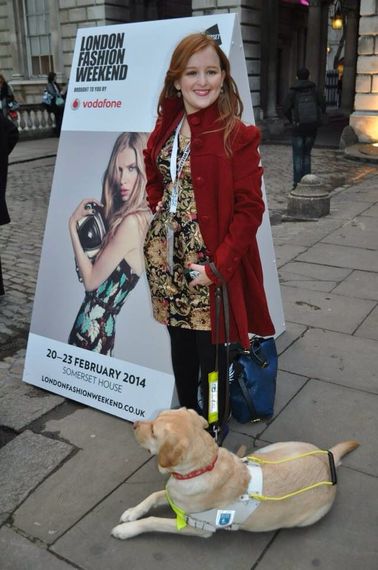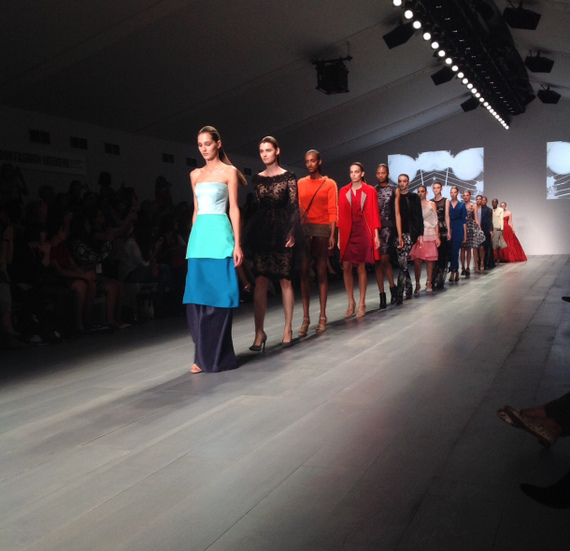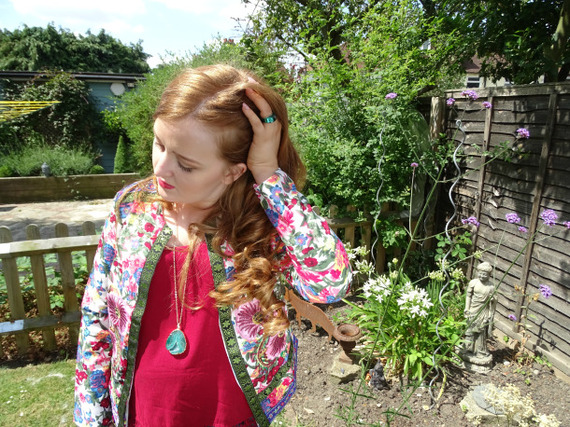The raw materials used to make some of our most precious possessions are too often shrouded in secrecy. Gold, silver and precious gemstones can have a very murky past (think 'Blood Diamonds' and slave-labour mines), which is why provenance is all the more important here than in any other areas of the luxury goods market. After all, who wants the wages of war to spoil such a special token of affection? Consumers and jewellers alike increasingly demand transparency and traceability of their precious metals and gems, and there are a number of new and good initiatives to make an ethical choice an easier choice. By far my preferred favourite is the Fairtrade gold certification, as it is the only mark of authenticity to have a clear and independent audit trail, with no vested interest.
Working with small-scale artisan miners in both South America and, most recently, East Africa, the Fairtrade Foundation ensures that their certified gold and silver is some of the cleanest (in every sense) and fairest in the world. Not only do they help protect the environment by minimising the use of the toxic chemicals (arsenic and cyanide) used in the refining process, they also provide safer working conditions and better welfare for the artisan miners and their families. They pay an additional premium for their gold (currently $2000 per kilo) that funds community projects such as clean water. And the Fairtrade Foundation also bans anyone under the age of 18 from going down the mines, so it's a child-labour-free guarantee too.
What I love most of all, is the knowledge that buying Fairtrade jewellery is making a genuine, tangible difference to the lives of thousands of artisan miners and their families. If we're going to enjoy our jewellery for years to come with a clear conscience, seeking out the more ethical options is the only way ahead. And what better day to start to share the love than this Valentine's Day.
How to buy eco and ethical jewellery:
1. Look for the Fairtrade hallmark
Established in 2011, this mark guarantees artisan miners have received a fair minimum price for their gold, as well as reaching set standards for working conditions, health and safety, chemical handling, women's rights, child labour and environmental protection. It's the 'gold standard' of gold standards.
2. Be a curious consumer
Check the traceability of your jewellery. Ask your jeweller what country the gold came from? The name of the mine? Is it Fairtrade? If they can't tell you, don't buy. Asking questions not only helps us buy more ethically, it also signals to retailers that consumers increasingly care about provenance and cannot be kept in the dark. The retailers, in turn, will have to ask more questions from their suppliers, encouraging greater transparency.
3. Know your diamonds
Although the percentage of 'blood diamonds' or conflict/terror-funding diamonds has significantly decreased since the Nineties, this doesn't mean that all is now fine and peachy. Miners (including children) still face tough working conditions, including exposure to arsenic and other harmful chemicals. The Kimberly Diamond Process aims to certify diamonds as being 'conflict-free', although many say its monitoring is not as rigorous, or as impartial, as it could be. However, it is a step in the right direction. A further step forward is to ensure you know exactly where and how your diamonds are sourced. As an example, Arctic Circle Diamonds are one company with a range of fully certified, traceable, conflict-free Canadian diamonds.
4. Find a jeweller you can trust
Retailers are becoming more inspired to stock ethical and Fairtrade jewellery to offer their customers an increased choice. In the UK, Cred (who I collaborate with for my own designs) lead the way for only selling ethically sourced fine jewellery, making it easier to shop with a clear conscience. When commissioning a bespoke piece from a jeweller, look for designers who can trace the origin of all their materials, from gold to gemstones.
5. Support small scale
Small brands such as Geronimo Jones, Just Trade and Birdsong enable us to connect to community projects supporting artisan makers, often giving livelihoods and dignity to those who have been rescued from poverty, indentured labour and trafficking. Usually working in cheaper materials than gold, they work at grassroots level to tangibly improve the livelihoods of some of the poorest and most in need. Check websites for online providers of community-based and not-for-profit ethical jewellery.
Buying a piece of jewellery is so often an act of pure love. Let's make sure our buying power shares that love with those who produce it.
Liz Earle launched her range of certified Fairtrade jewellery in September 2015, to be voted Best Emerging Designer and Best Ethical Jewellery by Professional Jeweller magazine 3 months later in December 2015. www.lizearlewellbeing.com
-- This feed and its contents are the property of The Huffington Post, and use is subject to our terms. It may be used for personal consumption, but may not be distributed on a website.






















